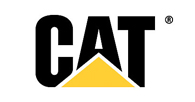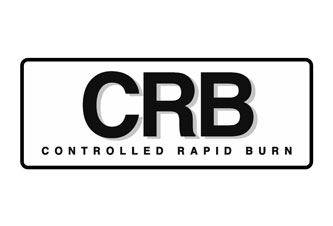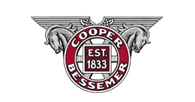The success of rebuilding an engine depends upon the gas and oil sealing ability of the new rings. No matter how accurately the rings have been manufactured, the final sealing takes place in the initial period of engine operation.
When cylinders have been operating for a long period of time, a hard amorphous layer, called the Bielby Layer, forms on the surface of the cylinder wall. This glaze is responsible for the exceptionally low wear rates obtained in engines under proper conditions of lubrication and operation. However, when a new set of rings is installed in a cylinder, this layer makes rapid ring seating very difficult. The glazed cylinder surface should, therefore, be rough and in a crosshatch pattern to produce an area more conducive to wrap at seating of the rings. The Glaze Buster is the simplest tool to perform this operation since it refreshes the hard polished surface without changing the dimensionalization characteristics of the cylinder.
In order to obtain a properly edged surface, a 60/80 grit abrasive is recommended. The rotational speed of the tool and the rapidity of up and down movement of the unit should be coincident to producing a hatch mark at an intersection of approximately 60°. Generally, three complete passes of the tool within the cylinder is sufficient to produce the desired effect.
After this procedure is completed, the cylinder must be thoroughly cleaned with soap and water solution using a brush to remove all abrasive particles from the surface asperities. Soap forms a colloidal film around those particles that tend lodge and cling with in the surface voids of the cylinder allowing them to be floated away. A clean cylinder cannot be obtained in any other way. Washing with solvent will not do this.
Piston rings of the more efficient design configurations, such as taper face, which are of high quality and are light tight in a round gauge, will seal it almost immediately within cylinders prepared in this manner. Engines, therefore, can be fully loaded after a rather brief running in the periods. After ring seating is accomplished, the cylinders will again become glazed with resultant optimum sealing characteristics and a nominal rate of wear.
If new rings are installed and cylinders that have not been deglazed, greater care and notably longer time will be required to accomplish efficient seating. During break in periods, blow by may occur; thus impairing the life and efficiency of the new rings. Therefore, for maximum performance, the cylinder wall should be properly deglazed.
The Glaze Buster is a lightweight, cast aluminum alloy tool with considerable flexibility. The contact surfaces are spring-loaded with tension adjustments. The abrasive blocks are radiused to the cylinder diameter requested. The surfaces are 12 inches long and 2 1/2 inches wide. The steel shaft is 3/4" in diameter. Capacity 11" 3/4" cylinder size. The unit is packaged in a wooden box. |











